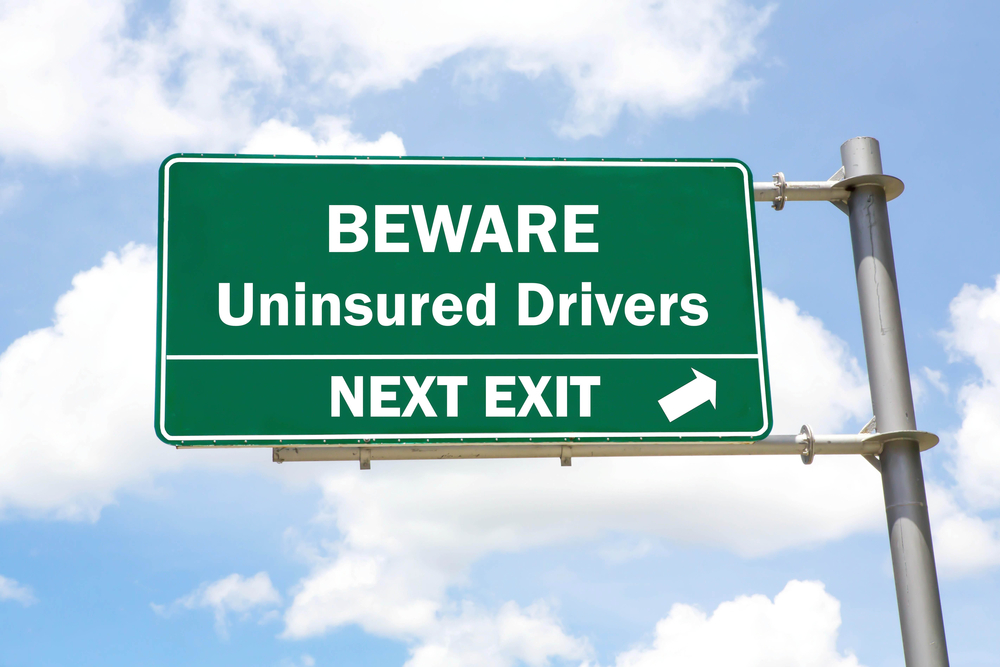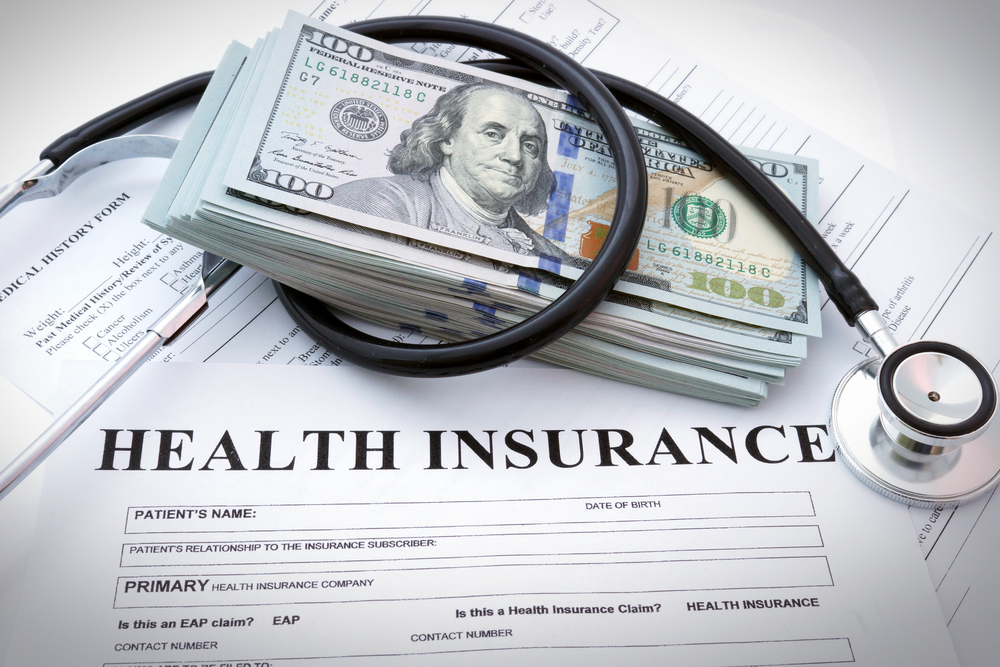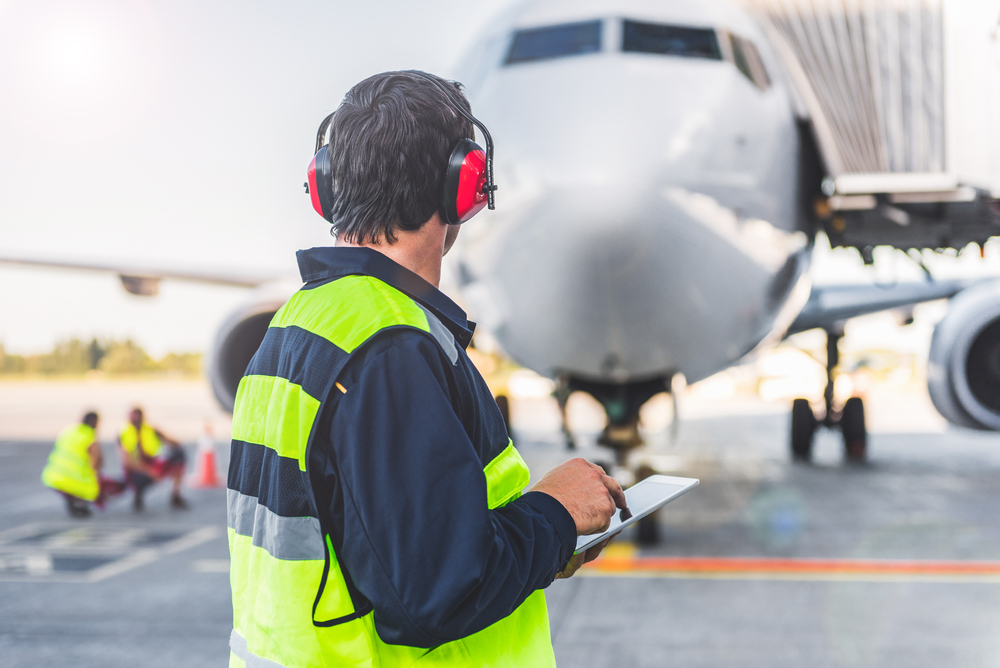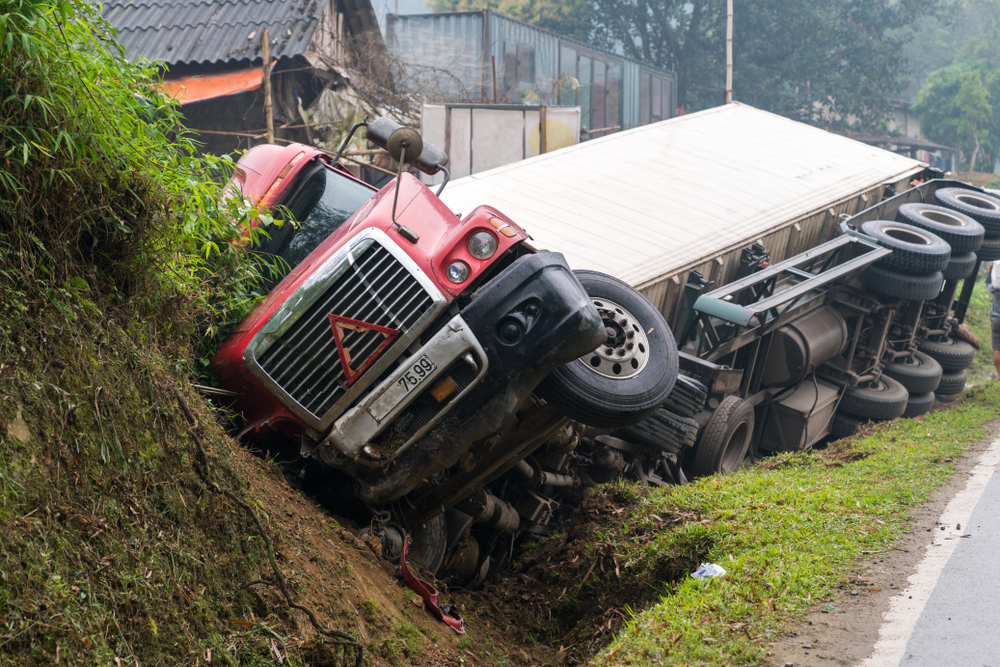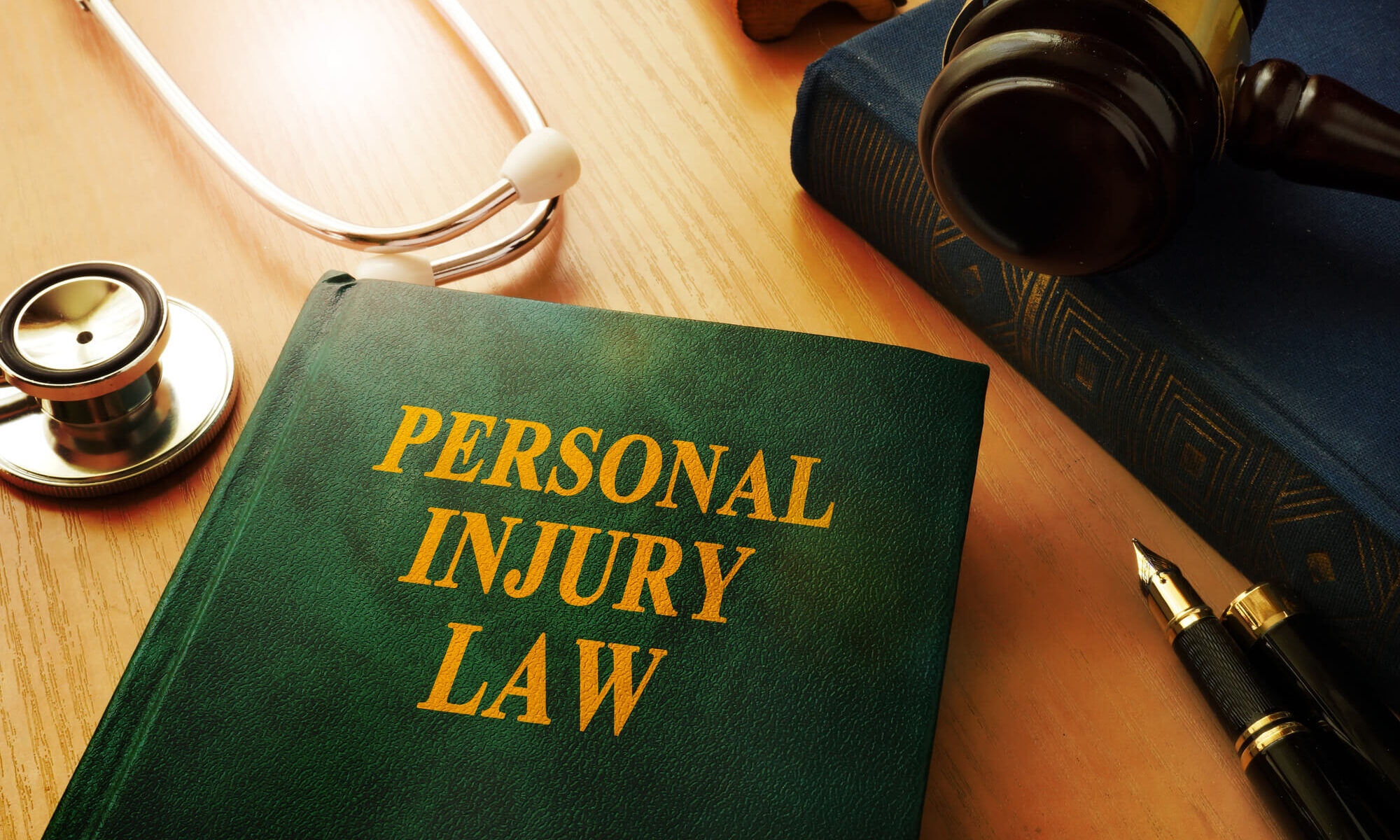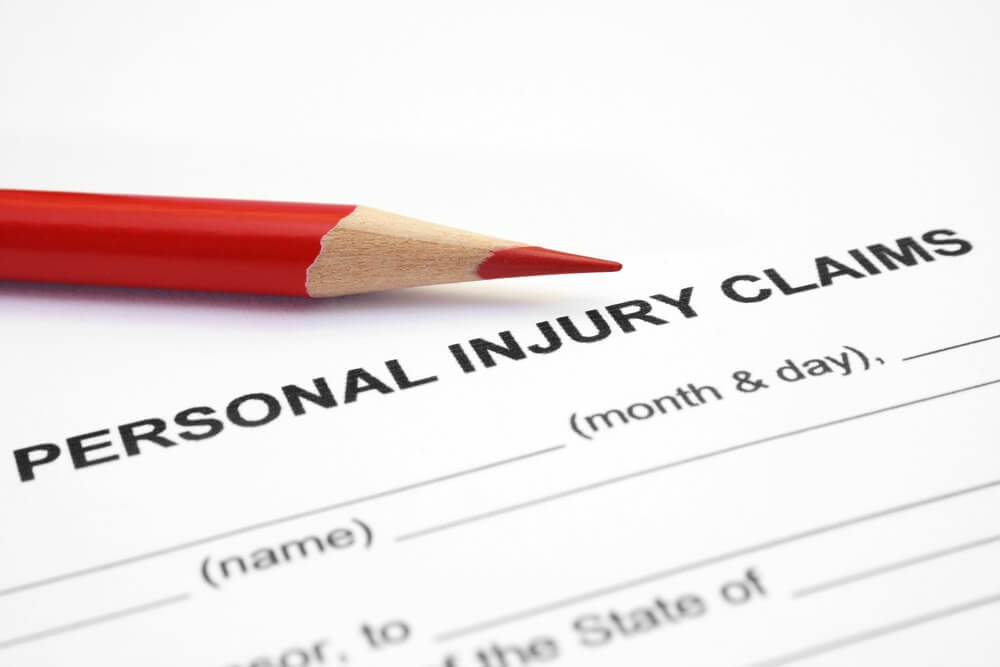Hello and welcome to another Claim Your Justice Facebook Live session. The purpose of these sessions is to give you, our viewers, as much information as possible regarding a wide range of personal injury matters.
The goal is to help you understand how to Claim Your Justice when an unfortunate event arises, such that you, a loved one or a family member is seriously injured in any type of accident. We welcome positive questions and comments. Please feel free to visit Claim Your Justice or call us at 847-434-3555.
I’ve spent several sessions previously discussing the different types of personal injury cases and different types of personal injuries, physical and psychological injuries that many people suffer. That’s, of course, the start of any personal injury case. However, another very important part, if not the most important part is how the attorneys at Claim Your Justice, actually get you the money you deserve for your injuries. There are many ways that may apply in this recovery process.
Uninsured Motorists
Today I want to talk about what happens when you have arbitration and there’s an uninsured motorist. We call them uninsured motorist or underinsured motorist cases. Most insurance policies will have language that if you as a driver or as a passenger in a car, are injured by another vehicle that didn’t have insurance, Your insurance policy’s uninsured motorist coverage kicks in.
Underinsured motorist coverage is where you have a person that causes an accident, let’s say a car rear-ends the car you’re in, either as a driver or passenger. That person has let’s say $50,000 of liability insurance. However, your injuries are more serious than that, and let’s say your injuries are worth $250,000. That car that caused the accident is considered an underinsured motorist. Therefore, you look at the underinsured motorist portion of your own insurance policy.
Generally, whether it’s a UM or a UIM case, the language in that uninsured or underinsured motorist coverage will require what’s called arbitration. So that if the case cannot be resolved through settlement, where I demand $125,000, and the insurance company offered me only $70,000, you go through a process called arbitration. The language on how the arbitration process works are contained within the policy.
It’s important someone reads that policy. An attorney at our firm that reads the policy. So we understand the exact language and what the requirements are because although generally, the language is consistent and similar, there are some variations. Some insurance companies could require notice by certified mail, some policies may not require certified mail. So those details must be understood.
After you read the information, we must follow that language. We also must give timely notice, so you can’t wait three years later down the line to pursue the money you were once entitled to. If you didn’t give the notice to your insurance company, three years is too late in Illinois.
Arbitration
Now, when you go through arbitration, it’s a formal process. It’s like a court, but it’s not a true court. Generally, you pick three arbitrators for this process. The injured party picks one arbitrator, the person that’s representing an insurance company picks another arbitrator, and those two arbitrators pick a third arbitrator. Therefore, you need a decision from two of those three, to decide the value of your case.
Arbitration proceeds generally like you’re in court, however, it’s faster, and it’s a little less painful to get through the process. There will still be testimony, there is still the introduction of medical records, medical bills, and presentation of damages, and then the arbitrators will render a decision and that decision is binding. Another way is called mediation.
Mediation
Mediation is where the injured party and the insurance company choose, generally a former judge, as a mediator. The mediations can be binding, or they can be nonbinding. In a nonbinding situation, the case is presented to the mediator, the mediator gives a recommendation, and there’s negotiation back and forth. Sometimes it can take several hours, I was involved in a mediation that took several months. It depends on the value of the case and how far apart the parties are and how effective the mediator is.
I had a case this morning, where my demand on the insurance company in a UM case was $1,000,000. Because that was the extent of the policy and I argued that my client’s damages were in excess value of $1 million. Unfortunately, the insurance company’s offer was zero. We went to mediation, we had a very successful mediation, and I recovered close to the full value of my client’s policy. That’s called mediation. That’s nonbinding. We didn’t have to agree and if the mediator didn’t come to a fair and equitable decision among all parties, the case would then proceed to arbitration.
These are the nuts and bolts, I want you to understand the processes and when out get injured, you will wind up with a check. When there’s an uninsured motorist case, they’re generally easier to handle through the system.
Call Our Schaumburg Personal Injury Lawyers
Remember, when you hire Claim Your Justice, you’ll get effective representation, you’ll get experienced representation, and you’ll get lawyers that care about you, your family, and your case. When you have been injured in an accident, call 847-434-3555, or feel free to visit us on the web at ClaimYourJustice.com Have a nice day and a successful rest of your week. Thank you for listening.

